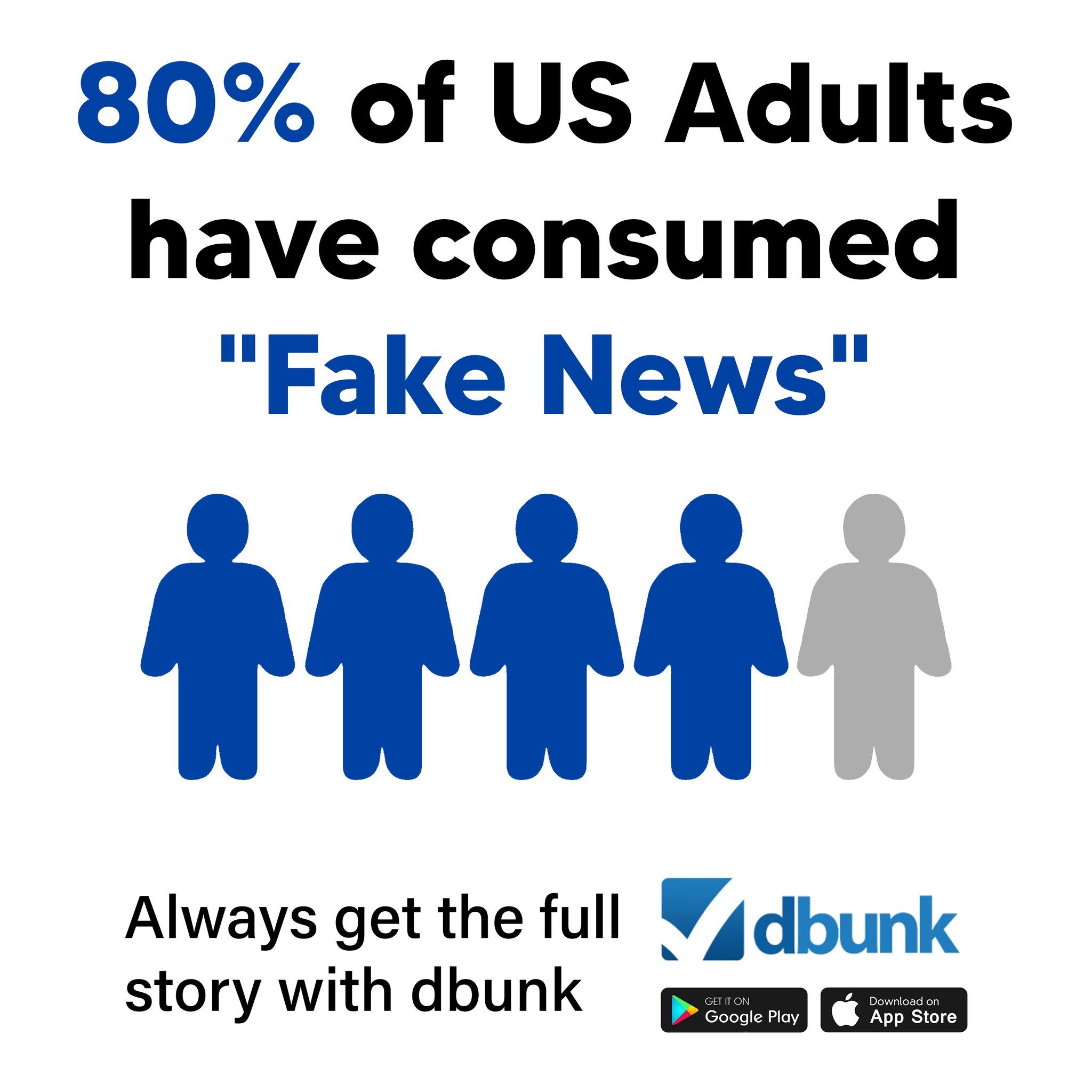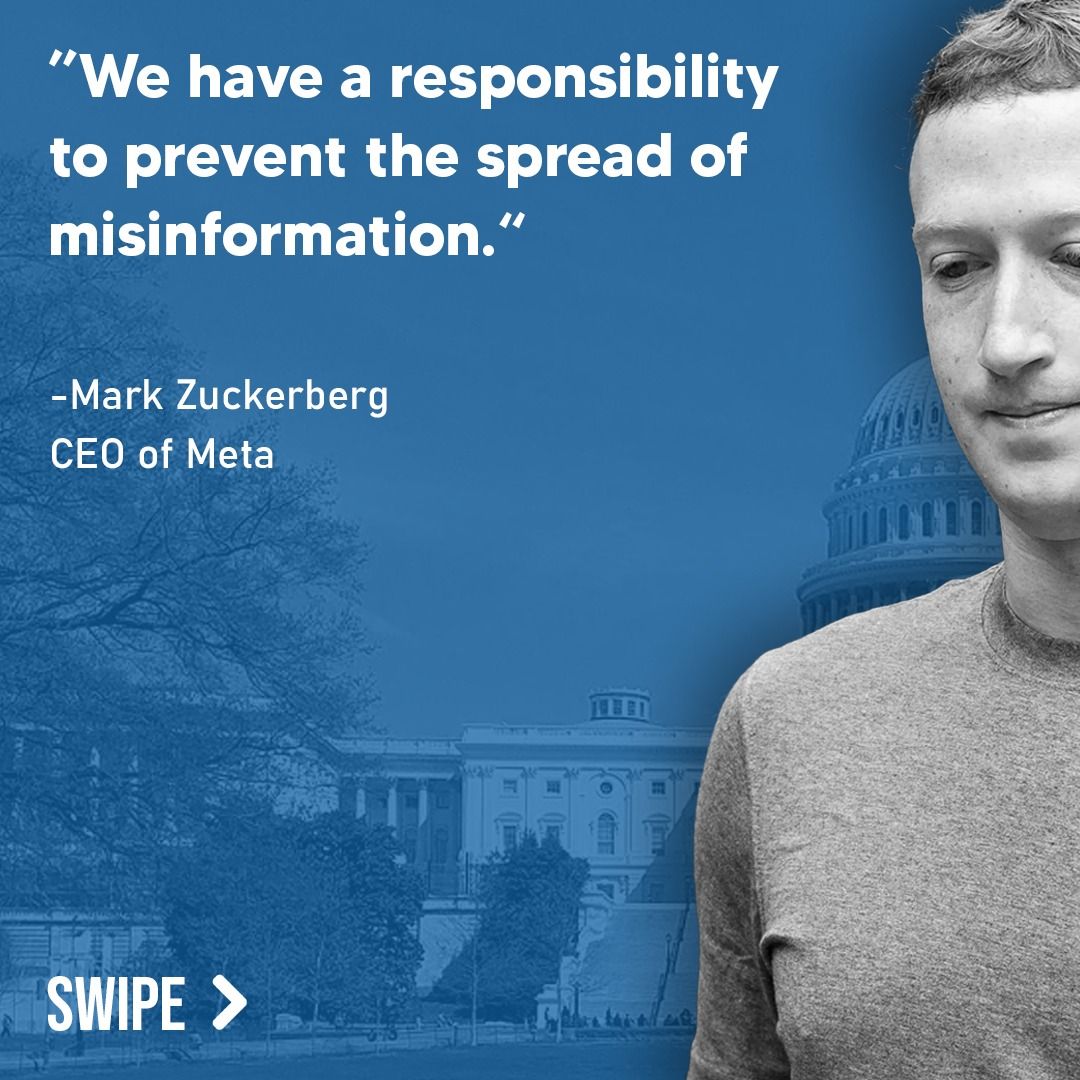
Introduction
Secretary of State Marco Rubio’s recent visit to NATO headquarters in Brussels comes amid rising fears from European allies about the future of U.S. support for the alliance under the Trump administration. With growing concerns over America’s commitment to NATO, readers have questioned whether Rubio’s appearance is merely symbolic, or if he has real influence on President Trump’s foreign policy decisions. We analyzed the core claims made in The New York Times article covering Rubio’s visit to distinguish fact from speculation and evaluate whether Rubio acts as a genuine stabilizing force in transatlantic relations.

Historical Context
NATO has been the cornerstone of Western security and collective defense since its founding in 1949. The alliance was significantly reinforced during the Cold War and expanded following the collapse of the Soviet Union. Traditionally, the United States has played a leading role, supporting NATO militarily and politically. However, in recent years — particularly during President Trump’s first term (2017–2021) — tensions emerged over defense spending burdens and Trump’s confrontations with various NATO members. The article revisits this unease as Trump resumes power and Rubio attempts to calm transatlantic nerves.

Fact-Check of Specific Claims
Claim #1: “In 2023, while a senator, Rubio co-sponsored legislation requiring presidential consultation with the Senate before withdrawing from NATO.”
This claim is accurate. In 2023, Marco Rubio was one of the bipartisan co-sponsors of the “NATO Support Act,” legislation introduced in the U.S. Senate that prohibits the president from withdrawing the U.S. from NATO without Senate approval. This law reflects both legislative intent and Rubio’s consistent public support for the alliance. The bill followed earlier bipartisan efforts in 2018 and 2019 that aimed to curtail unilateral presidential decisions regarding NATO withdrawal after Trump reportedly threatened such a move during his first term.
Source: Congress.gov
Claim #2: “President Trump has privately considered withdrawing from the alliance.”
This claim is supported by multiple credible reports. According to reporting by The New York Times, The Washington Post, and Bob Woodward’s 2020 book “Rage,” President Trump privately expressed interest in removing the U.S. from NATO during his first term, alarming his own national security team. The sentiment appears to persist, given his public skepticism of NATO and rhetoric portraying the alliance as economically burdensome. While no formal withdrawal process has been initiated, the credibility of these internal deliberations has been confirmed by former administration officials and journalists with documented sources.
Sources: New York Times, Washington Post

Claim #3: “Rubio is viewed by many as the most pro-alliance member of Trump’s national security team.”
This claim contains some truth but lacks measurable data. Several foreign policy analysts and career diplomats have acknowledged Rubio’s traditionally internationalist stance — including support for NATO, criticism of authoritarian regimes, and a hawkish view towards Russia. Compared to figures close to Trump such as Stephen Miller or Gen. Michael Flynn, Rubio does appear more aligned with traditional American diplomatic norms. However, the phrase “viewed by many” is vague and not grounded in formal polling or public declarations by other NATO members, making this statement more interpretive than factual. At best, it reflects perception rather than verifiable consensus.
Assessment: Mostly accurate, but framed with vague attribution.
Sources: Council on Foreign Relations
Claim #4: “Rubio said, ‘President Trump has made clear he supports NATO… We’re going to remain in NATO.'”
This claim was accurately quoted from Rubio’s public remarks during the Brussels visit. His statement aimed to calm foreign ministers and European reporters who questioned Trump’s wavering support. While the quote is correct, the context is relevant: the assurance came just one day after President Trump introduced new tariff measures on EU imports and reiterated criticism of NATO’s structure. Therefore, while Rubio’s reassurance may reflect his diplomatic goals, there’s a gap between his statement and the administration’s broader posture.
Sources: Verified through multiple press pool coverage and official transcript excerpts from the U.S. Department of State

Conclusion
While the article generally sticks to factual reporting, some claims — especially about Rubio’s perceived influence — rely on interpretation and unnamed sources. The article appropriately documents Rubio’s pro-NATO legislative history and includes verifiable statements made during the Brussels visit. However, Rubio’s actual sway over President Trump’s deeply personal and often unpredictable foreign policy remains unclear. The article gives off an air of cautious optimism while omitting the real constraints Rubio may face, such as a lack of personal rapport with Trump and the administration’s overt alignment against multilateralism. In sum, the piece is mostly accurate but could offer more transparency about the limits of Rubio’s authority within the current administration.
Encourage Readers to Take Action
Tired of trying to determine what’s real and what’s spin? Let DBUNK do the work for you. Download the DBUNK app today or follow us on social media for verified, unbiased news. Join thousands of readers who are taking their information power back.

Link to Original Article
Read the original article here

